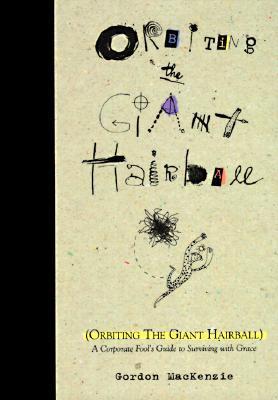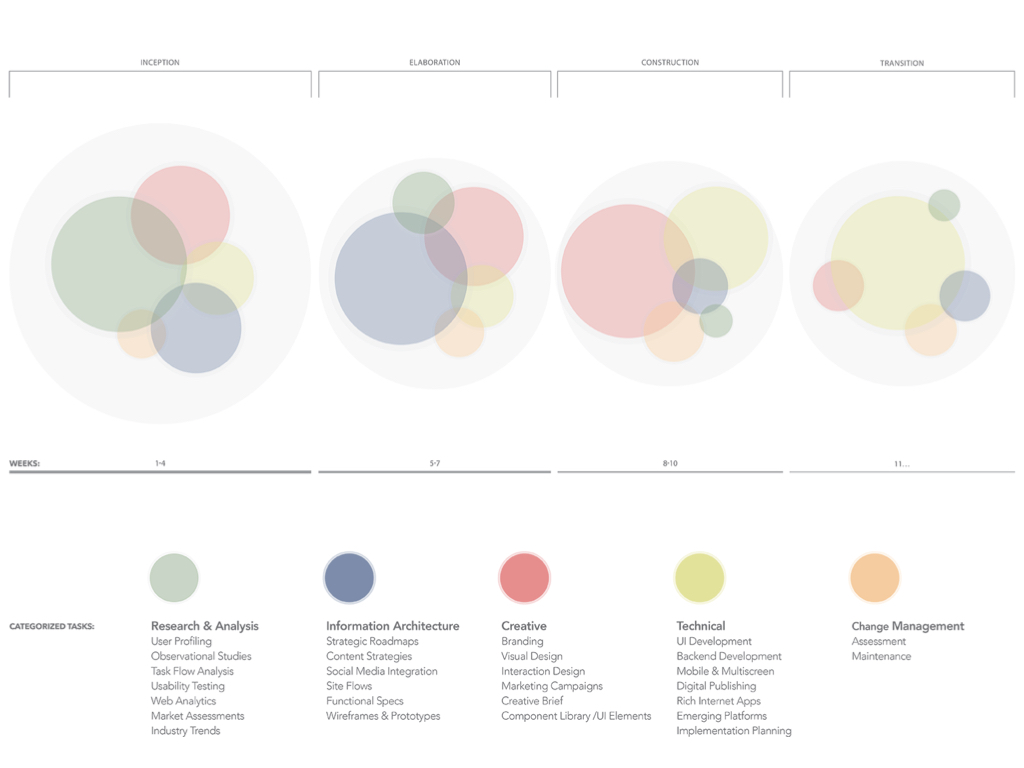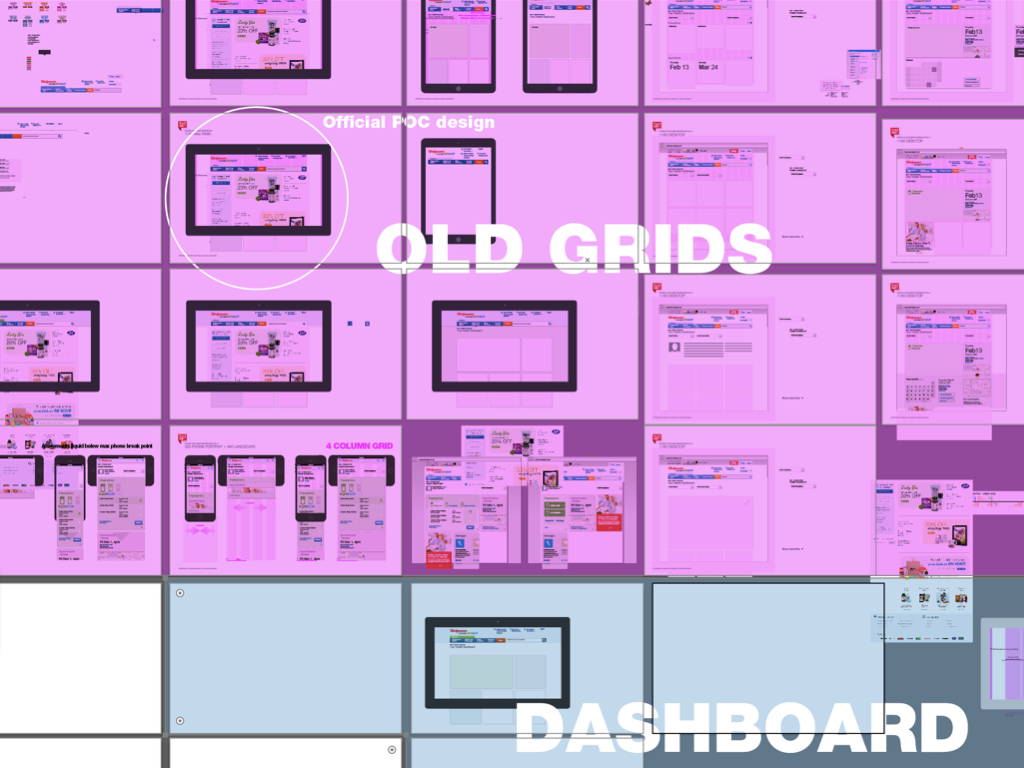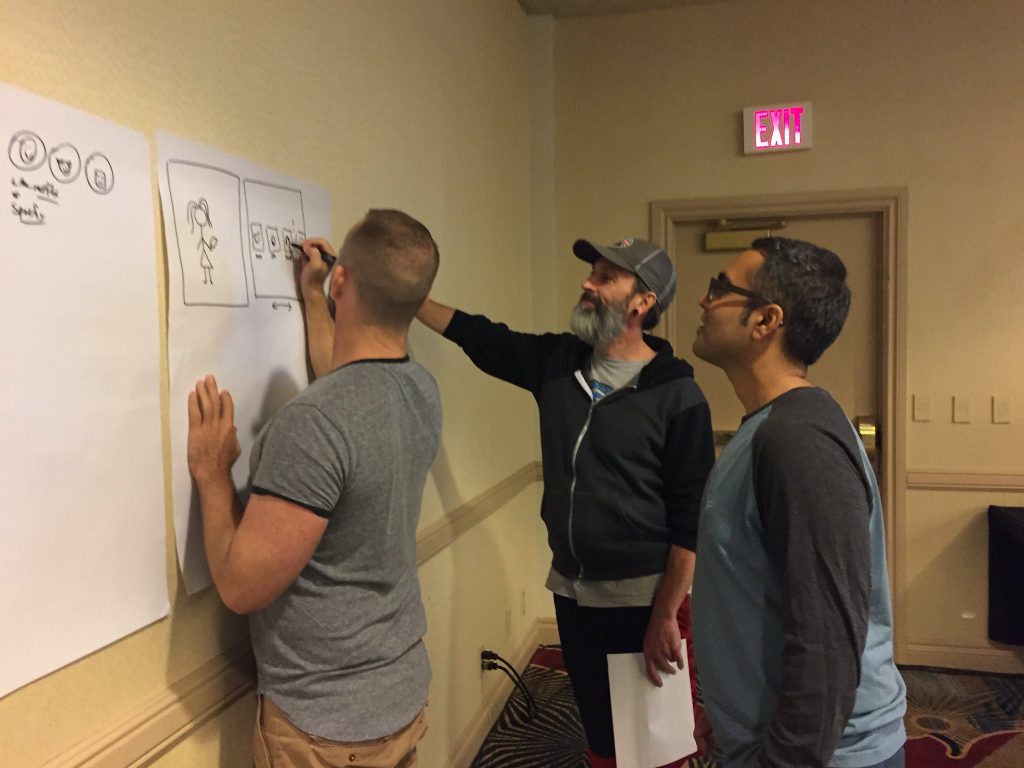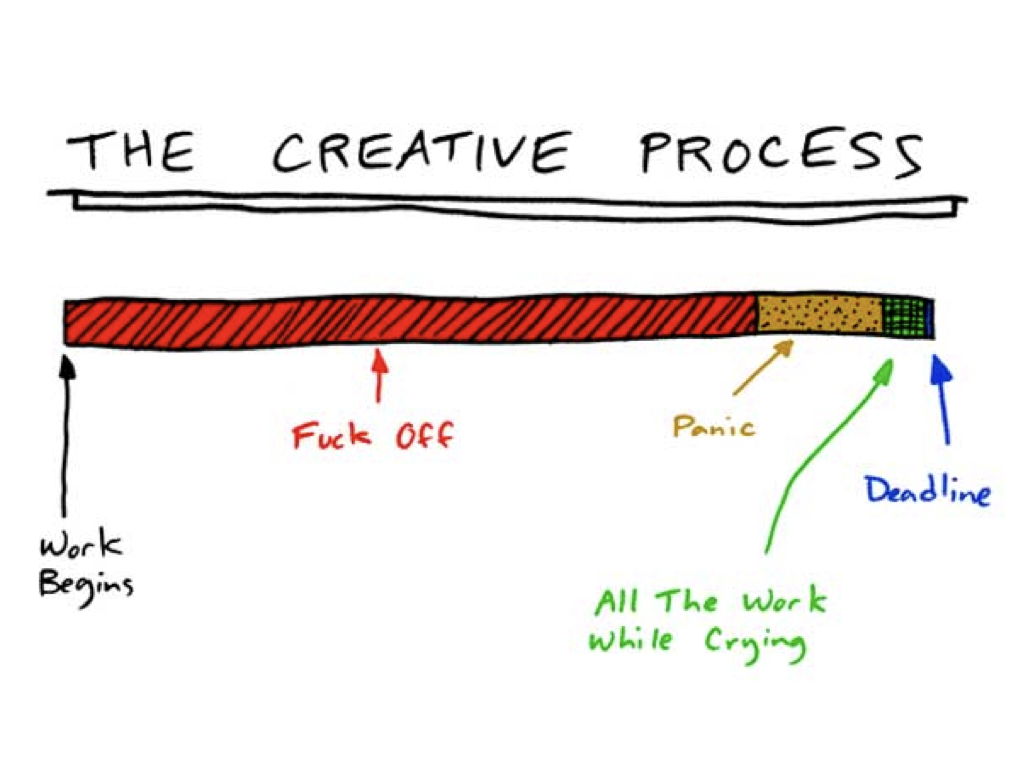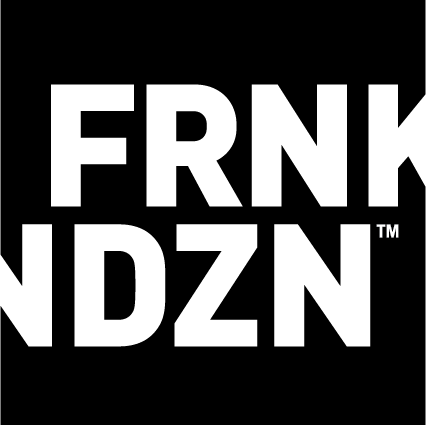Some designers need space. Others need guidance. What we all need are goals matched with productivity. What brings out the best work is unique to each designer. But I do suspect one universal truth: designers and teams have to operate on their own terms. And this is what makes managers so important.
As a design manager, I hold a safe space for organic process within a structure that is translatable to spreadsheets.
What is the biggest obstacle to creativity? Attachment to outcome. As soon as you become attached to a specific outcome, you feel compelled to control and manipulate what you’re doing and in the process you shut yourself off to other possibilities. Creativity is not just about succeeding. It’s about experimenting and discovering.
Gordon MacKenzie
I’ve created tools along the way: checklists, diagrams, templates. While micromanagement drives effort toward endless reporting loops, the right tools serve as roadmaps to efficiency.
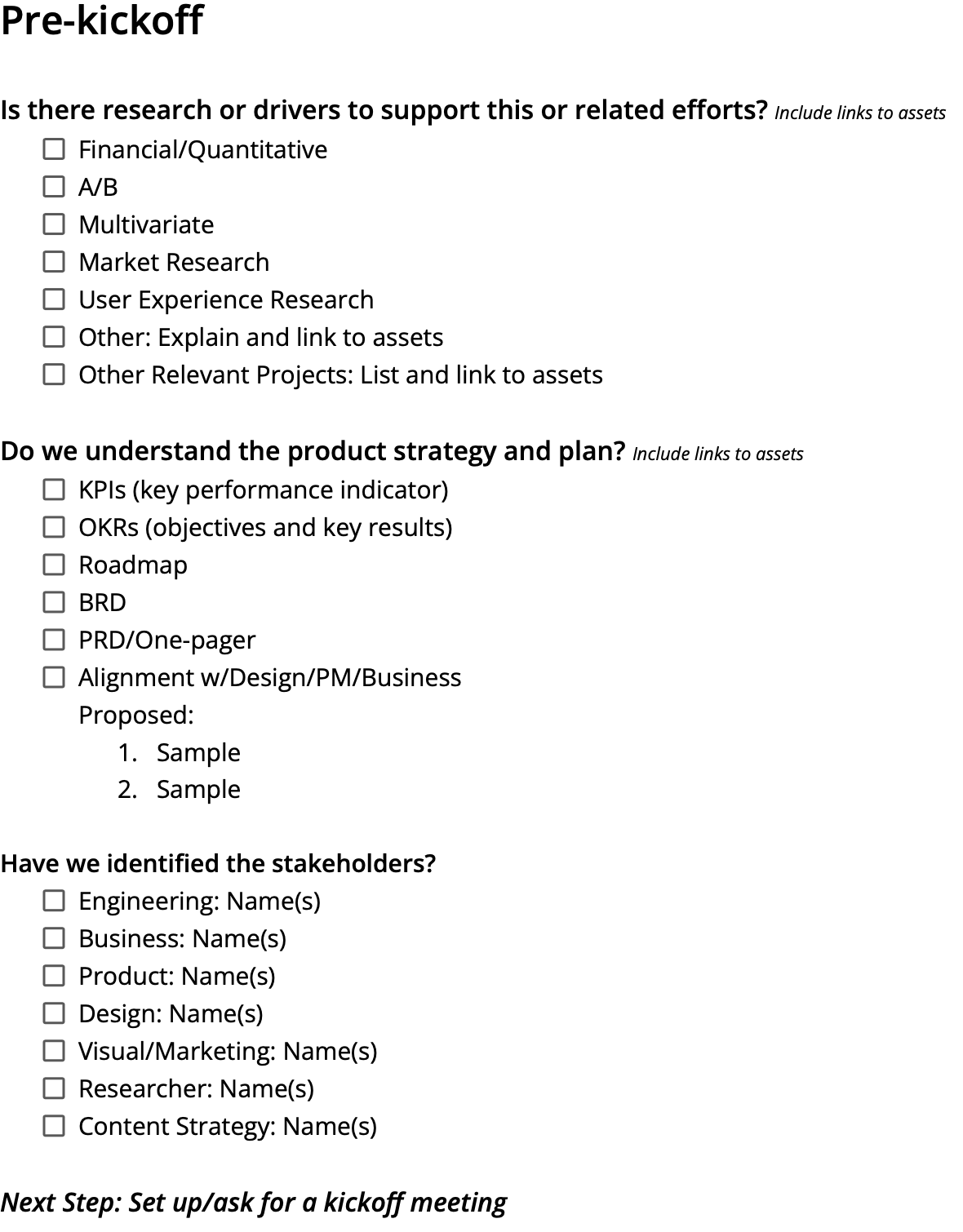

Despite ditching waterfall, this thing called agile is anything but as soon as a date is matched to a deliverable. But all we need to do is open ourselves up to the potential for discovery and the creative response to it to achieve agility.
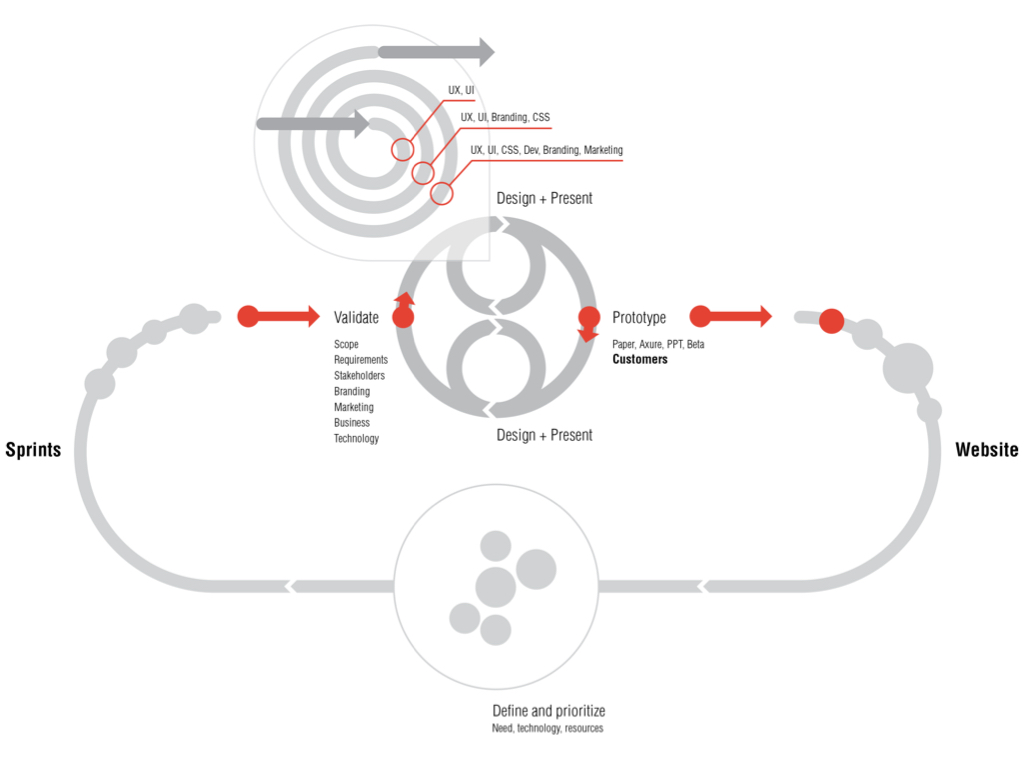
Where autonomy creates space, transparency builds trust
It’s not about the hard stops and starts, but what I teach my teams is how to make a mess within bounds, to stretch, and flex, and be fearless. Then with transparency and advocacy, each person on any team can stay true to their path and expertise. This is what drives production. And this process, if you will, is self-sustained through trust, honor, pride of doing great work, and growth and learning from measurable results.
My experience has steered me through many systems not only for my teams but for the organizations that need them. And often I find the guidance of holding space holds true for engineering, product, and any segment relying on creative problem solving.
